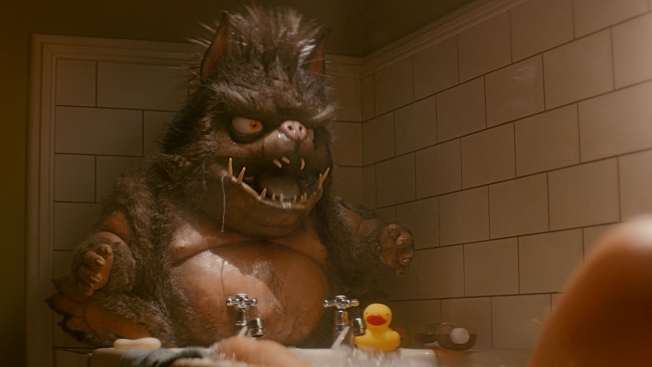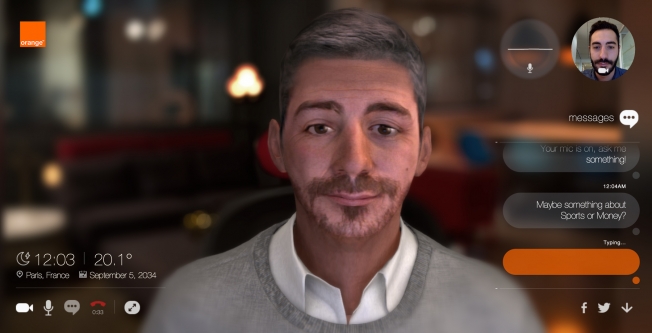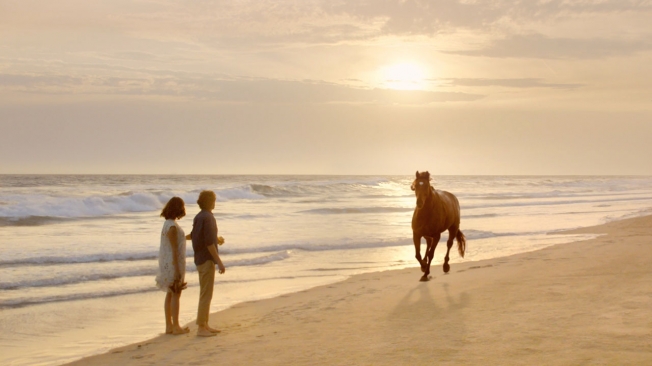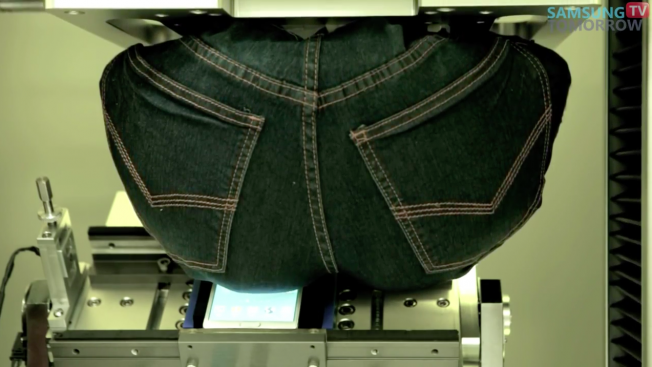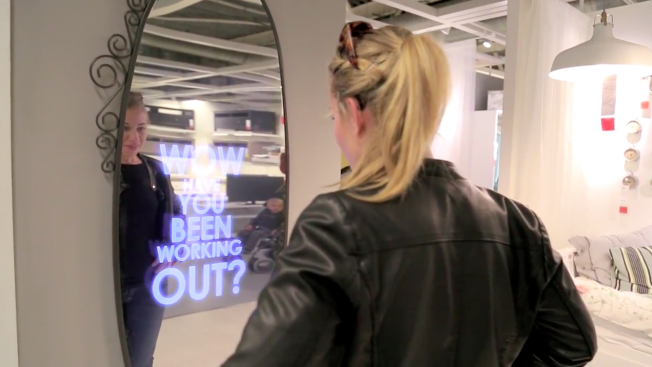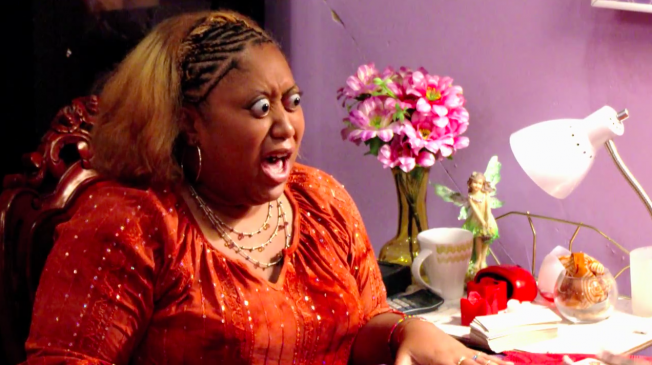![]()
IDEA: Vanguard Pictures won plenty of fans with its first two, unbranded Nitro Warriors films—see them here and here—exquisitely made stop-motion shorts that showed toy cars in wonderfully frenetic car chases. Among them was Mattel's Hot Wheels brand itself, which loved the way the films showed off its miniature vehicles.
So, Hot Wheels officially got on board with the just-released third installment, Nitro Warriors: Dare to Connect—a wild three-minute film that follows two Hot Wheels cars careening on the brand's iconic orange tracks through fantastical alien landscapes.
COPYWRITING: Vanguard's Paul Greer wrote and directed the new film. "I drafted the original concept, inspired by Hot Wheels TrackBuilder, showcasing the limitless possibilities of a boy's imagination through play," he said. "This served as the general vision and then translated into a storyboard. Every shot was outlined."
![]()
The film opens with two Hot Wheels cars self-generating from mystical glowing balls guarded by a roaring dinosaur head (the epic imagery isn't exactly subtle) and zipping off for the world's craziest ride.
They race through mountains and deserts; into and out of a raceway oval with three tiers of Hot Wheels cars watching as spectators; into the clouds, though a heavenly loop, down again and over to a high-rise building, rippling with electricity, where a winged gargoyle breathes out another mystical ball, which ends up being the finish line.
There's no explicit Hot Wheels messaging beyond the logo, which appears at the beginning and the end, and of course the cars themselves.
FILMING/ART DIRECTION: It took Greer six months to produce the film, including two and a half months of actual filming at a rate of one to three shots per day at a studio in London. (Each shot in a stop-motion film can involve between 50 and 250 actual photographs. There are more than 25,000 photos in this piece.)
Almost everything was filmed in camera; CGI was used mostly to "paint out" rigs that held the Hot Wheels tracks in place.
The visual look, helped by the surreal matte-painting backgrounds, is "dreamlike—half real, half fantastic," said Greer. He used neodymium magnets in the cars and flat metal rods in the track to keep the cars in place in shots where they're upside down. The camera also moves in more than two-thirds of the shots.
![]()
"We had reconstruct traditional camera rigs and developed remote speed controls to help us maintain perfect control. A lot of stop motion films automate this. We don't, as we want to have manual control," Greer said. "The human element adds something special, the slight imperfection. We also wanted the camera movement to be as graceful as a Hollywood movie. To do this, we hired a physicist to help us develop this work."
The Hot Wheels cars featured are all 2014 models. "It was like Christmas Day when we had over 500 cars and countless track sets arrive at the studio," said Greer. "Suffice to say we didn't do any work that day."
SOUND: The music is by Audiomachine, which often does music for film trailers. Sound design was also crucial, particularly the sound of screaming engines. "I wanted it to feel real and not 'mini,' with a sci-fi edge," Greer said.
MEDIA: This film is being released on Hot Wheels' and Vanguard Pictures' online channels and will be entered in a series of film festivals.
THE FILM:
BEHIND THE SCENES:
CREDITS
Client: Hot Wheels
Writer/Director: Paul Greer
Production Company: Vanguard Pictures
Animation: Allan Canfield, Brenden Kent, David Smith
Lead Animator/Assistant Director: Victoria Smith
Technical Engineering: David Smith
Miniatures & Modeling: Geoff Cartwright
3D Sculpture Designer: Ian Pickering
Sculpture Paint Finishing: Tom Gaw
3D Print Services: 3DPrintUK
Set Design: Elena Lanzoni, Abby Louise Price
Design Assistants: Louise Fairnie, Allan Canfield, Victoria Smith
Visual Effects: Composite London (Janusz Murawski, James Knopp, Jonson Jewell)
Digital Matte Painter: Lisa Ayla
Visual Effects Supervisor: Andy T
Sound Design: Peter Rolls
Music: Audiomachine









